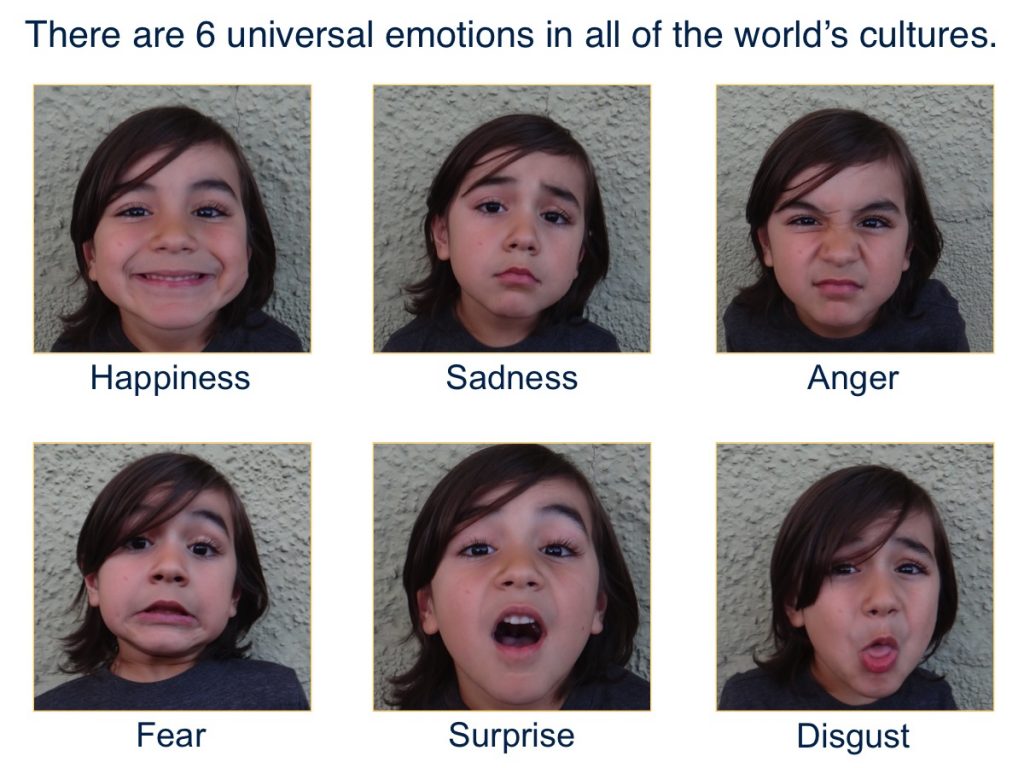
Meet Arjun. Arjun is 5 years old. Researchers have identified six universal emotions that older children, like Arjun, and adults express: happiness, sadness, anger, fear, surprise, and disgust. The facial expressions associated with these emotions are universally recognized across cultures.
There is evidence that even 3-month-olds show some of these basic emotions. Baby Arjun expresses some of these emotions, like happiness and sadness, but he was less likely to show full-blown surprise. He also did not yet show more subtle adult emotions like pride, shame, and guilt—all of which develop in later childhood.
Although Arjun began to show the basic emotions as a baby, he was not yet able to fully understand them in other people. Arjun was only in the beginning stages of his social emotional development. He still has a lot to learn about how to feel, act and relate to others. How do babies, like Arjun, make the leap from expressing their own emotions to being able to interpret and use emotions expressed by people around them?
In this module, you will learn about the developmental changes in children’s early understanding of other people’s emotions.
-
- Dyadic interaction
- a back-and-forth exchange between caregiver and child
- Self-regulation
- the ability to control our behaviors, emotions, and impulses
- Social emotional development
- learning to express and manage emotions and form positive relationships
- Social referencing
- looking to an adult for emotional information in an uncertain situation
- Triadic interaction
- a back-and-forth exchange between caregiver, child, and object